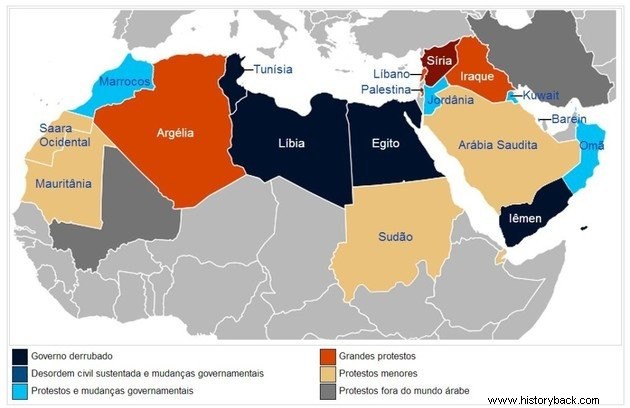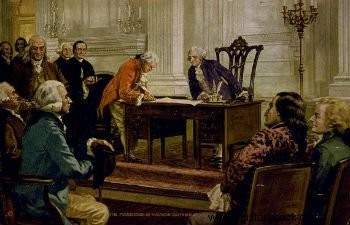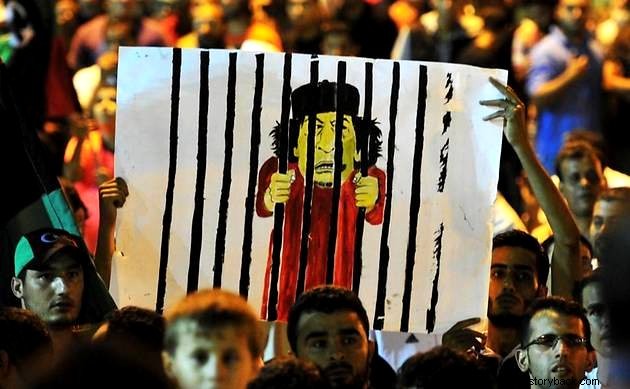In 2010 the Arab Spring began, a movement of protest in Muslim countries started in Tunisia and which continues to this day.
The movement is characterized by the struggle for democracy and better living conditions resulting from the economic crisis, unemployment and lack of freedom of expression.
Among the countries involved are:Tunisia, Egypt, Libya, Yemen, Algeria, Syria, Morocco, Oman, Bahrain, Jordan, Sudan, Iraq.

Main Causes
The causes for the Arab Spring can be summarized at:
- unemployment;
- high level of corruption by leaders and society;
- lack of political freedom and expression;
- young population, educated and attuned to the world's political news;
- perception of isolationism and contempt by the country's elite.
The Beginning:Tunisia and the Jasmine Revolution
Tunisians' discontent with the government of dictator Zine el-Abidine Ben Ali (1936) triggered a series of protests that became known as the "Jasmine Revolution".
In a sign of protest against the lack of conditions and brutal police repression, young Mohamed Bouazizi (1984-2011) set himself on fire. This fact made known the revolution in Tunisia and increased the population's revolt even more.
After ten days, Tunisia succeeds in deposing the dictator and holds the first free elections.
Development in Various Countries

After Tunisia, the movement spread to other Arab countries that, like their example, fought against the repression of dictators who had been in power for decades.
In some countries, however, the demonstrations continue to this day as in Algeria and Syria.
Syria
The protests in Syria have unleashed a violent civil war that is supported by both Western countries, Russia and the Islamic State.
Syrians are fighting for the overthrow of dictator Bashar al-Assad (1965), who has ruled Syria for more than four decades.
In that country, however, the manifestos have reached proportions above expectations, which are revealed in their serious consequences. It is about the use of chemical and biological weapons used in combat by the Syrian government. The numbers point to thousands of dead and a million refugees.
See also:War in SyriaEgypt
In Egypt, the revolution became known as "Days of Rage", "Lotus Revolution" or "Nile Revolution". Thousands of citizens took to the streets to demand the ouster of President Hosni Mubarak (1928, who resigned after 18 days of protests.
In this country, the "Muslim Brothers" played a fundamental role in guaranteeing the continuation of the rule of law and channeling the population's desires.
Algeria
In Algeria, the demonstrations were harshly repressed by the government with the arrest of opposition leaders.
The protests continue, as the leader of the government that the population intended to depose, Abdelaziz Bouteflika (1937), won the elections and remains in power.
Yemen
Yemen also caused the government of dictator Ali Abdullah Saleh (1942-2017) to fall months after the popular uprising began. Who takes over the government is his deputy, Abd Rabbuh Mansur Al-Hadi (1945) who committed to make a negotiated transition.
For this, it had the help of the five countries that make up the UN Security Council, plus two from the European Union. They were more interested in making the country a place aligned with their anti-terror policy, without consulting the different ethnic groups that make up the country.
The result was a bloody civil war that cripples this nation of 20 million, where 90% depends on humanitarian aid to survive.
Saudi Arabia, supported by the USA and England and several Arab countries, has intervened militarily in the region since 2015, in a conflict that has already claimed 10,000 lives.
Libya

The uprisings in Libya were intended to end the rule of dictator Muammar al-Gaddafi (1940-2011), who was killed two months after the protests began.
Without Gaddafi's strong centralized power, Libya plunged into civil war and was one of the most violent movements of the Arab Spring.
To this day, the country has not yet found political stability and various factions fight each other.
Morocco, Oman and Jordan
In these three countries there were also demonstrations for more freedom and rights. However, governments understood that it was better to make changes before the situation got out of hand.
Thus, Morocco, Oman and Jordan are anticipating elections, reforming their constitutions and political offices, meeting part of the demands requested by the population.
The Role of Social Networks
The number of users of social networks, especially Facebook and Twitter , increased substantially in the Arab countries at the beginning of the movement.
Social networks were the dissemination vehicle used to inform people about the movement, as well as a way of expressing opinions and ideas on the subject.
Likewise, it served to bypass the censorship of government-controlled newspapers, televisions and radios in several countries.
Many protests were marked and organized by the population through the networks. Journalists and analysts, in turn, spread their content more quickly through this mechanism, which was restricted by governments when they realized its strength.
Read more:
- North Africa
- History's Greatest Dictators
- Sunnis and Shias
